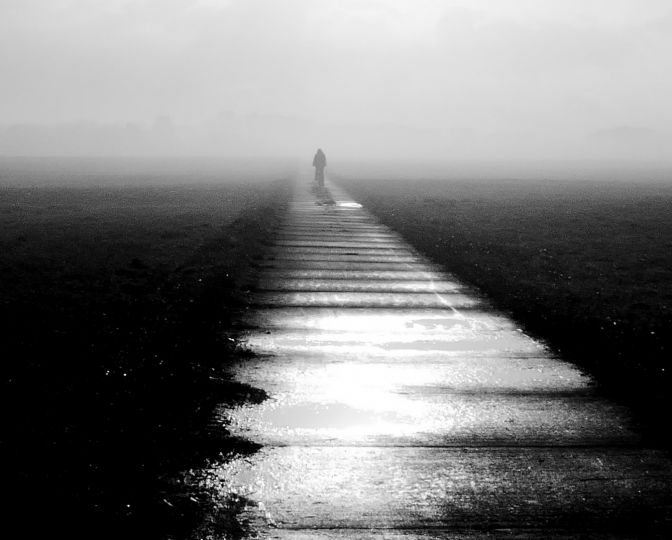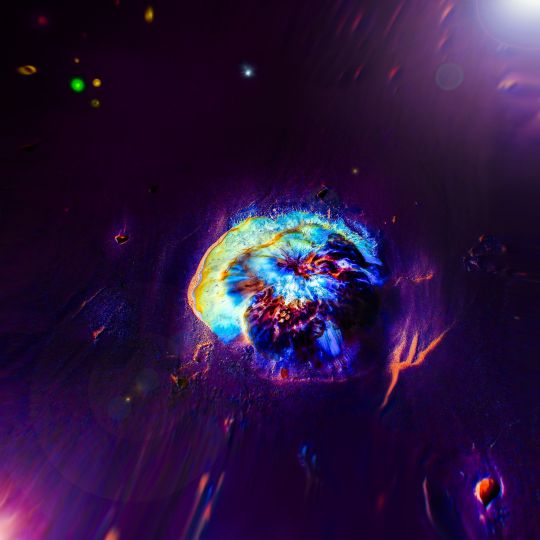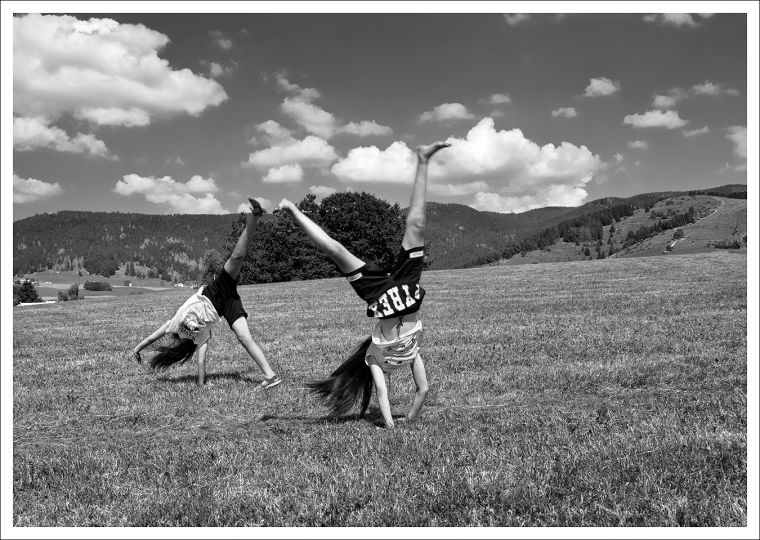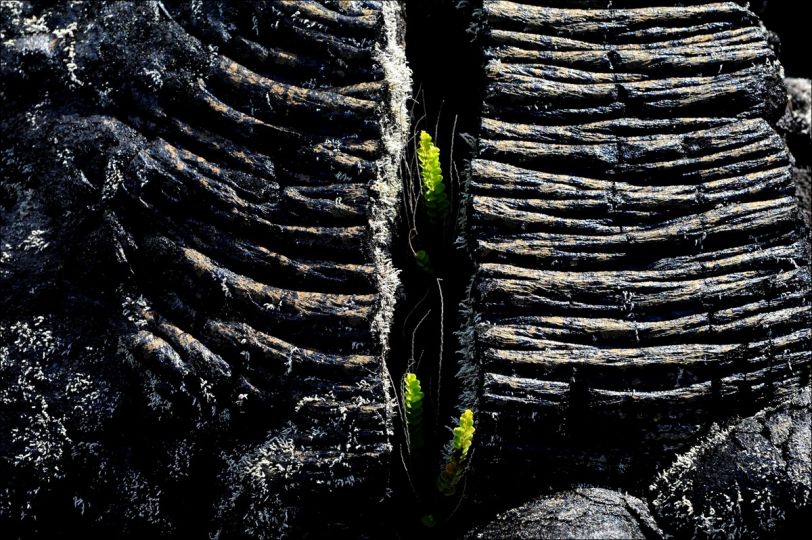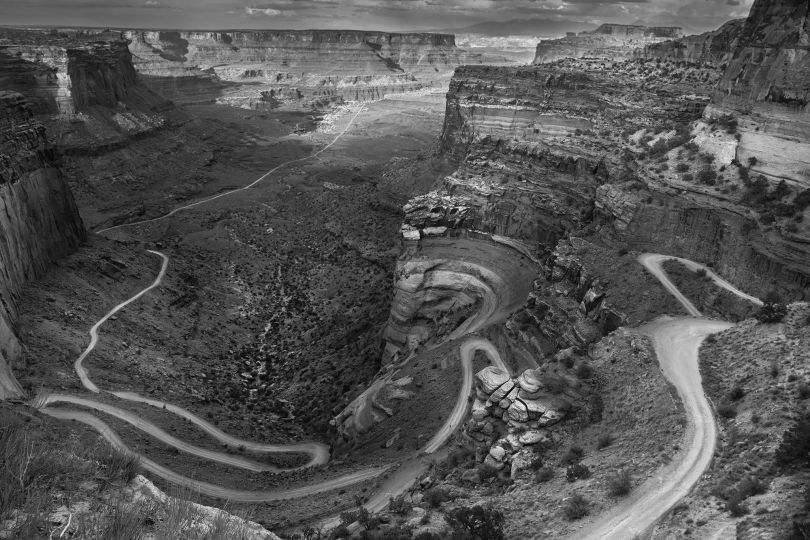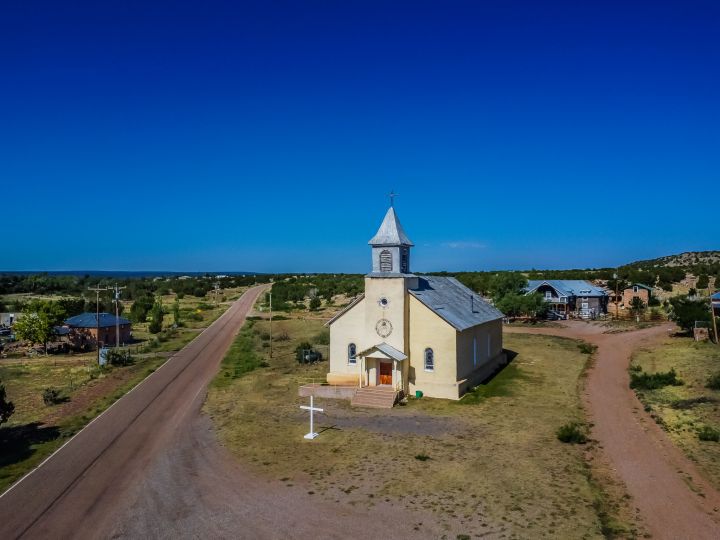For a better understanding I like to describe the procedure of my work: First of all, there is research to create the image, which includes taking photographic notes with my smartphone. These images are pictures of buildings, lights, and patterns. After this first step I classify them and build a personal archive on my laptop with different folders whereupon I print out a selection, cut them, regroup and construct a model. The last step is to rephotograph the result of my personal research.
This procedure is founded on my interest in the city, perception, the medium of photography (frontality, plane, light, perspective), graphics, material, construction, handicrafts, game, hazard and the idea of do not take themselves too seriously. Starting a work of art, I always have an idea of the picture I would like to construct. But all this is flexible. Working with hazard and playing around is important for me. This balance between artisanry and working precisely allows me to create unfettered arrangements. Although the results looks like a digital picture (constructed e.g. with Photoshop or other software) everything is made manually (print, cut, built). Only the last picture itself is taken with a digital camera. This craft work combines spontaneity and fragility with the perfection of digital photography. It allows me to combine two different approaches in a time rather defined by digital life. I really like the idea of contradiction: it’s about contradiction of disorder and perfection.
While I was reading texts in the catalogue of DIORAMA I asked myself about the link and interaction of a diorama which is based on the idea by Charles-Marie Bouton (1781-1853) and Louis Daguerre (1787-1851) « c’est une machine à construire une vision, et comme pour le panorama le mot est un néologisme combinant les racines grecques dia (à travers) et horao (vue). […] Aujourd’hui il évoque souvent de maquettes en miniature, appréciées des collectionneurs mais très éloignées du gigantesque spectacle qu’était le diorama à l’origine. » (p. 34)*.
Particularly the fact of having a model in miniature and the construction of a vision that make me conceive of a diorama. « À l’instar des panoramas, le diorama devient une norme pour évaluer la réalité. Souvent l’émerveillent devant l’illusion l’emporte sur tout intérêt pour le lieu représenté. » (p. 37)*.
*DIORAMAS, Catalogue d’exposition. Editeur : Flammarion, 2017








